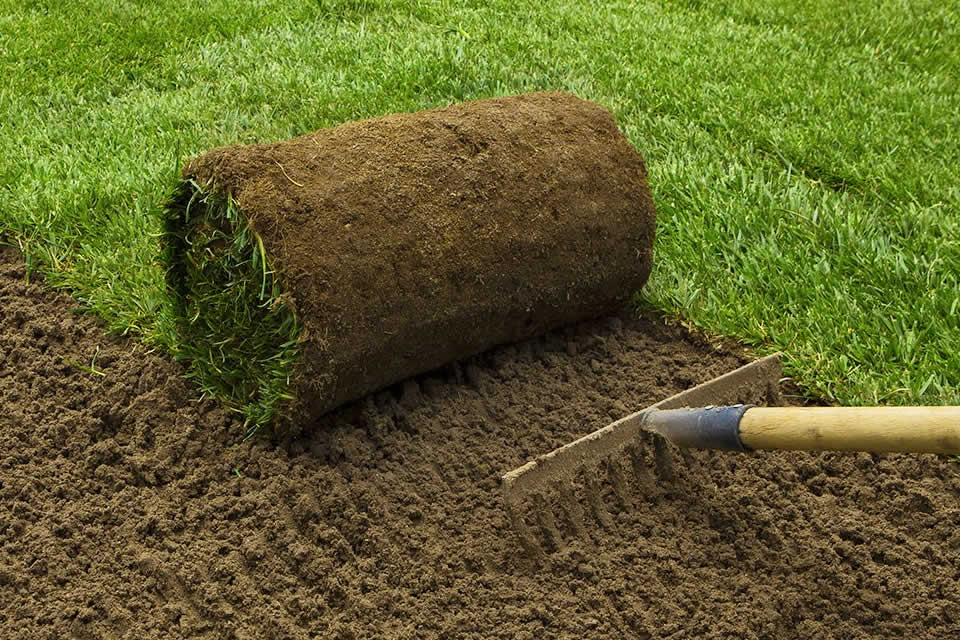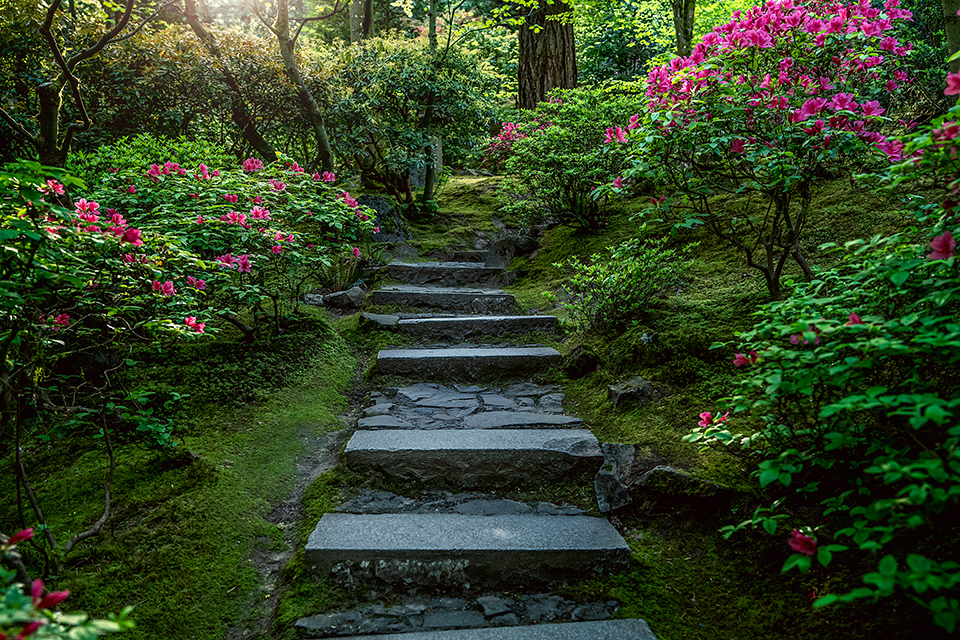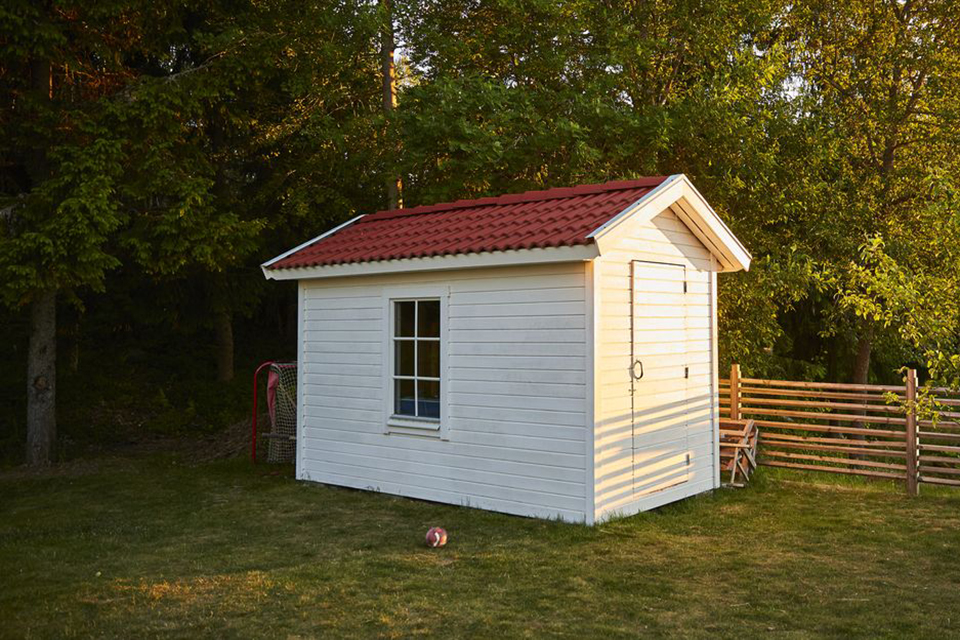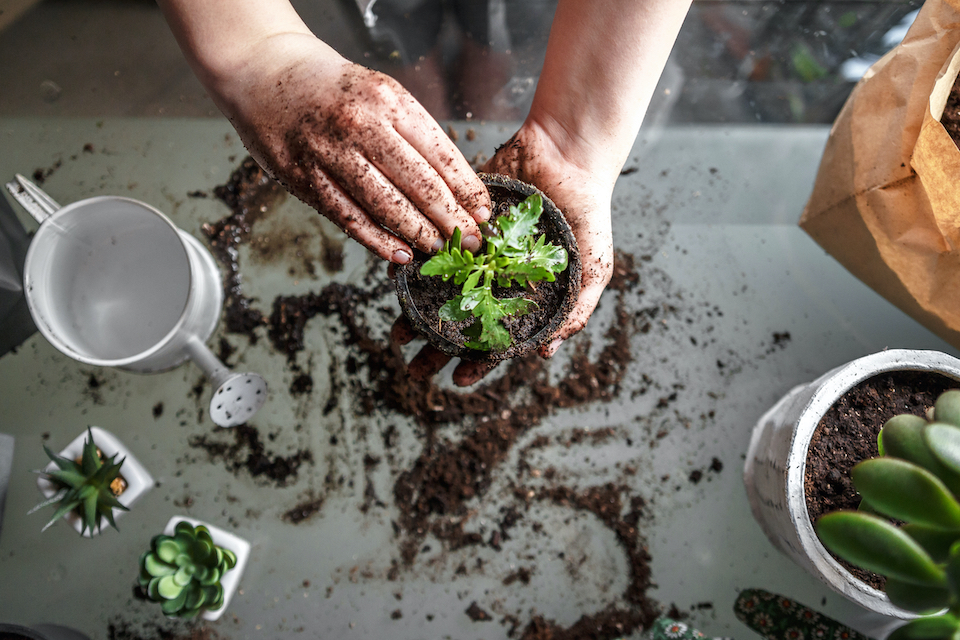How Much Does Turfing Cost in 2024?
Thinking about having turf installed in your garden?
In our guide to the cost of laying turf, we break down the supply and labour costs involved - as well as the costs of any additional jobs you may choose to have done at the same time.
Laying new turf can help to immediately restore life to your garden.
We also cover the different types of turf you can get, the cost of turf maintenance, how to repair turf, and how much it costs to have turf removed.
If you're ready to get a quote for laying turf, we can also help connect you with local turf layers.
Let's get down to it...
Turf Prices in 2024
| Type | Supply Cost (per m2) |
|---|---|
| Dwarf Ryegrass (50m2) | £2-£7 |
| Creeping Red Fescue (50m2) | £3-£6 |
| Annual Meadowgrass (50m2) | £10-£20 |
| Brown Top Bent (50m2) | £2-£10 |
- How Much Does Turfing Cost in 2024?
- What are the Supply Costs of Turf Laying?
- What are the Additional Costs of Laying Turf?
- Turf Installation Cost
- How Long Does It Take to Lay Turf?
- Types of Turf
- How Much Does Repairing Turf Cost?
- How Much Does Turf Maintenance Cost?
- How Much Does Seeding Turf Cost?
- How Much Does It Cost to Remove Turf?
- FAQs
- Sources
What are the Supply Costs of Turf Laying?
So you've now got a rough idea of the cost of laying turf.
But wait.
How much does turf cost (excluding installation and labour)?
In these section, we've pulled together the costs of laying turf per square metre in the UK. This is around the same as the turf price per roll - since a roll of turf is often about one metre squared.
Let's get right to it then.
The turf cost for dwarf ryegrass will likely cost £2 to £7 per square metre. You can expect to pay between £3 and £6 per m2 to purchase creeping red fescue turf. The cost of getting annual meadowgrass turf is about £10 to £20 per m2 - although the exact price will ultimately depend on the product.
Turf laying installation costs are typically calculated by the size of the lawn being worked on.
The lawn turf cost for brown top bent will likely be somewhere in the range of £2 to £10 per metre squared. So altogether, the supply costs for a small garden of less than 10m2 will end up around £20 to £40.
To cover 10-25m2, you will probably need to spend about £60 to £90. For 25-75m2, the cost will likely end up around £130 to £170. And for a very large garden of 75-100 metres squared, you should budget between £200 and £300.
What are the Additional Costs of Laying Turf?
Now, hang on a second.
What other costs might you need to budget for?
Here are some extra services that you might need (or want) to consider.
Garden Maintenance Cost
If you have garden maintenance undertaken, the cost will likely come to around £12 to £59 per hour.
But keep in mind:
Most professionals will set a minimum two-hour charge. As a result, the minimum you can expect to pay for garden maintenance could be anywhere from £60 to £100.
Garden Waste Removal Cost
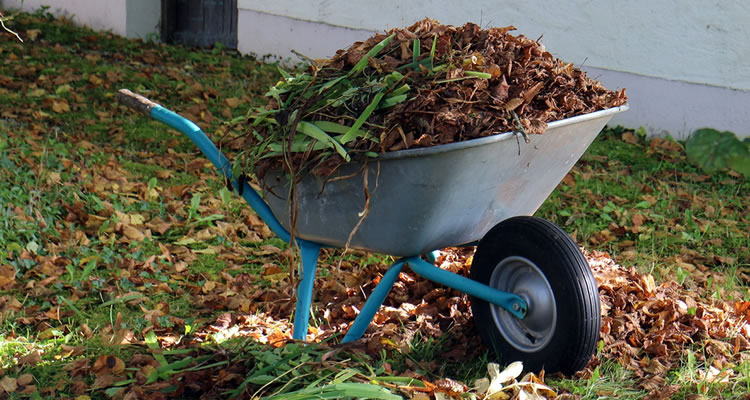
A typical 45-minute job to remove garden waste will likely cost around £100 to £200.
That said...
The cost of garden waste removal will ultimately depend on how much waste you need to have removed from your garden.
For example:
- For 5 bags of garden waste (roughly 70kg) removed, you will pay between £15 and £20.
- To have 20 bags of garden waste (about 300kg) removed will likely cost about £40 to £70.
- 60 bags of garden waste (approximately 900kg) would probably come to between £150 and £200.
For reference:
If you hired a skip to do it yourself, the cost of hiring a skip would be £60 to £450.
Garden Fence Installation Cost
What about if you want new garden fencing installed at the same time?
If you wish to have new garden fencing installed, then you would pay around £25 to £120 per wooden panel. The cost of having plastic fence panels installed should be less - about £20 to £30 per foot (in height). And although it depends on the type of metallic garden fencing you wish to have installed, metal fencing may cost anywhere from £40 to £200 per metre.
In terms of the labour costs, fence installation will likely cost between £150 and £250 per day. For an average sized garden, it may take between 1-2 days for the installation to be finished.
You can find out more in our fence installation cost guide.
Landscaping Cost
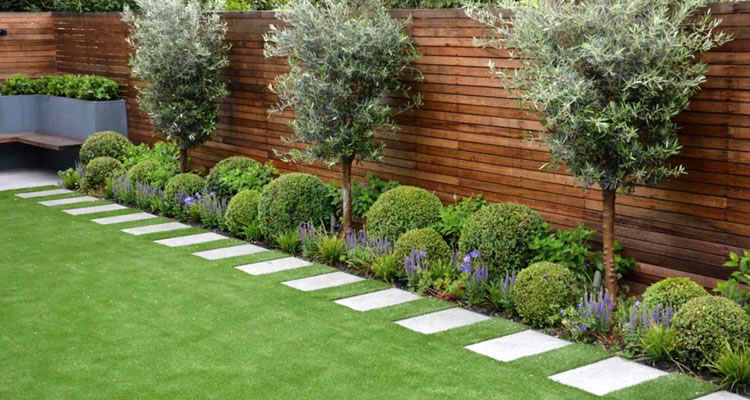
There are various additional landscaping jobs which you may choose to have carried out at the same time.
For example:
- If you wish to have a path laid, this may cost you around £400 to £600.
- Having raised beds put together with the use of railway sleepers will probably cost between £150 and £250.
- If you want to have a new patio installed, it will likely cost around £70 to £90 per m2.
Turf Installation Cost
So, how much should it cost to have turf installed?
Here's the deal.
The cost to install dwarf ryegrass, creeping red fescue, annual meadowgrass, and brown top bent will be between about £8 to £12 per square metre.
However, the cost to install turf in your garden will depend on the size of your lawn.
Here's what you should expect to pay:
- To have less than 10m2 of turf laid may cost you about £100 to £150.
- The cost rises to roughly £200 to £400 if you want to have 10-25m2 laid.
- The total labour cost of having 50 square metres of turf installed will be roughly £400 to £500.
- For a garden that's 50-75m2, you can expect to pay between £400 and £600.
- For a bigger garden that's between 75-100 metres squared of turf, the cost will end up around £500 to £700.
How Long Does It Take to Lay Turf?
The time it takes for a tradesperson to lay turf depends heavily on the size of your garden and how much turf needs to be laid.
The table below summarises how long you should expect it to take.
| Type/Size | Installation Time |
|---|---|
| 0-10 Metres of Turf | 4-8 Hours |
| 10-25 Metres of Turf | 1-2 Days |
| 25-75 Metres of Turf | 2 Days |
| 75-100 Metres of Turf | 2-3 Days |
The condition and accessibility of the garden will impact how long it takes to have turf laid in your garden.
Types of Turf
In this section, we look at the various types of turf you can get in more detail and outline each type's pros and cons.
Dwarf Ryegrass Cost
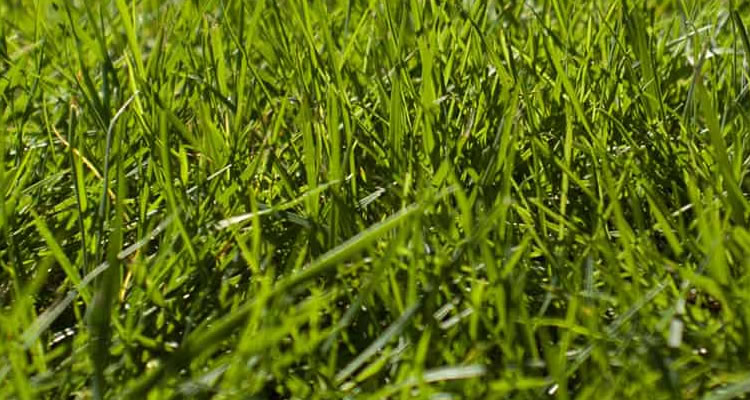
This type of turf is from a specifically bred perennial ryegrass strain.
Dwarf ryegrass turf is the cheapest option in terms of supply costs - costing about £2 to £7 per m2. The installation cost will be roughly £8 to £12 per m2 (which is no different to other types of turf).
Dwarf ryegrass is ideal for practically any type of garden soil (including sandy soil, clay soil, and chalk soil). The soil’s pH should be somewhere between 5.5 and 7.5 in order to support dwarf ryegrass.
Pros
- The turf price for dwarf ryegrass makes it one of the cheapest turf types available.
- Suitable for almost all types of soil.
- Very effective lawn surface.
Cons
- Grows rapidly and requires cutting about twice a week.
- Requires plenty of fertilising over the course of the year.
Creeping Red Fescue Cost
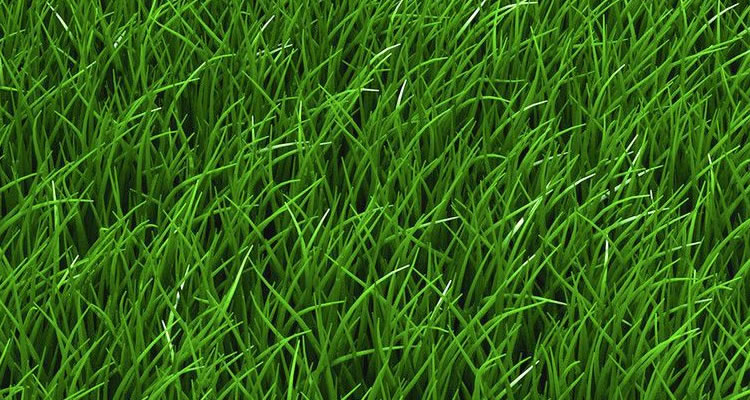
Creeping red fescue turf is a perennial grass which is fine bladed with a mid to dark green colour. This type of turf is often used on bowling greens and golf courses.
Creeping red fescue turf requires moist soil. A soil that combines silt, sand, and clay can achieve the ideal moisture-retention to best support creeping red fescue turf.
The cost of creeping red fescue is around £3 to £6 per m2, while the labour costs associated with this type of turf are (once again) about £8 to £12 per square metre.
Pros
- Takes hold quite quickly.
- More affordable choice for bowling greens and golf courses than annual meadowgrass.
- High durability.
- Offers great aesthetic value.
Cons
- Not suitable for all types of soil.
- Not as cheap as dwarf ryegrass.
Annual Meadowgrass Cost
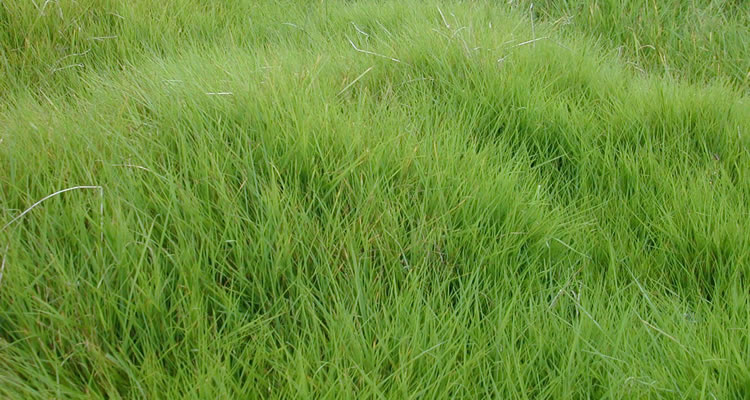
Another common type of turf is annual meadowgrass.
This is a wild grass that is often described as a hybrid weed grass. The latter description is often given due to its ability to permeate soil without invitation.
Annual meadowgrass is best suited to neutral or alkaline soils. It will not grow in a soil with a pH below 4.
On average, the cost of annual meadowgrass is around £10 to £20 per square metre. Once again, the labour costs will come to about £8 to £12 per m2.
Pros
- Adaptable.
- Can survive in various different conditions.
Cons
- Requires lots of maintenance.
- Does not have a very long lifespan.
- May become weak and even die out during the winter months.
Brown Top Bent Cost
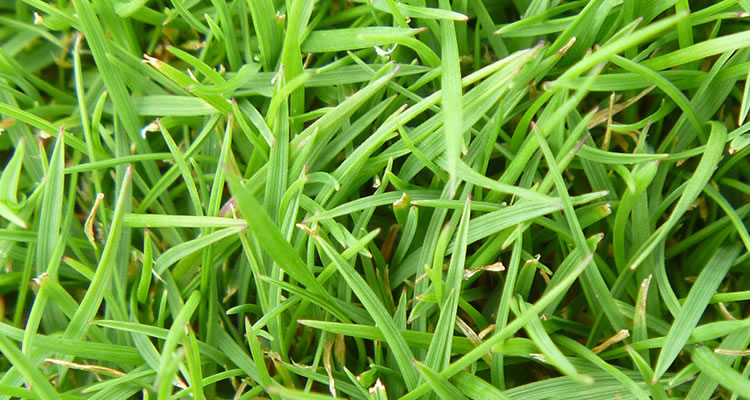
Brown top bent (common bent) is widespread across the UK and is a perennial grass type.
It can suit either acidic or alkaline soils which are either dry or damp - although it is best suited to low-acidic soils such as an alkaline clay soil.
The price of brown top bent is around £2 to £10 per square metre, while its labour costs will be about £8 to £12 per m2.
Pros
- Does not require much maintenance.
- Can grow on most types of soil.
- Very common in the UK.
Cons
- Unlikely to be as cheap as dwarf ryegrass.
How Much Does Repairing Turf Cost?
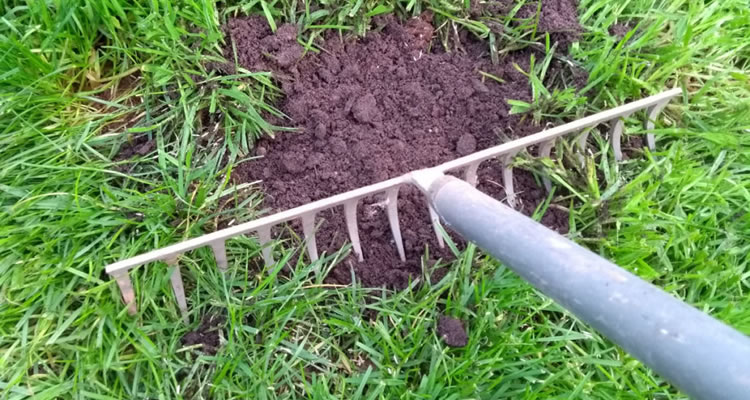
Even if you take good care of your new lawn, it'll probably still need to be repaired at some point.
So, what turf repairs might you need to have?
Common turf repairs include fixing patches on the lawn, repairing the turf edges, and leveling out bumps and hollows.
In general, it's best to have turf repaired during the spring or autumn months. This is because it's cool and damp - giving the lawn the best chance of recovering well.
Repairing Patches of Lawn (With Turf & Seed)
Here's what you need to know.
For a small patch of lawn to be repaired, the damaged area of turf will be removed before an identically shaped area of turf from elsewhere in the garden (or new turf entirely) will be laid down in its place. Alternatively, you can use new seeds instead of a layer of turf.
But how much would this cost you?
As we've covered, a new layer of turf could cost anywhere from £2 to £20 per square metre.
If you hire someone to fix a patch of turf for you, they will probably charge you based on their hourly rate - but a minimum payment will usually be required.
If you were looking to fix about five patches of your lawn, then you should expect to pay between £60 and £160. If you chose to have these patches seeded instead, the material cost would be reduced to between £53 and £63.
Repairing Lawn Edges
What about if you need to have your lawn edges repaired?
To repair your lawn edges, the damaged area will first need to be cut out (with the damaged edge facing inwards). Once the damaged area is cut away, the edge will need to be re-seeded or re-turfed.
The cost of having a lawn edge repaired will ultimately depend on how long the damaged edge is.
But on average?
You should expect the labour cost to end up at around £10 to £12 per m2 - with the supply cost ranging from £2 to £20 per square metre.
Again, with a minimal fee expected, you may end up paying a total in the range of £180 to £480.
But here's the thing.
It will depend on the type of turf you have and how extensive the damage is. If only several parts of the lawn edge are damaged, the price may be significantly lower than this.
Levelling Out Bumps and Hollows
What should you do when you get bumps and hollows in your lawn?
A hired professional will first cut through the unlevel patch before peeling the turf back. Next, excess soil will need to be removed after forking over the base or new topsoil will need to be added. The soil will then be firmed down before the turf can be replaced.
Additional touches may include watering with a water can that has been fitted with a fine rose and compressing the turf edges with a rake.
And how much will this cost?
That will depend on the type of lawn you have and how many bumps and hollows need to be evened out.
To fix several bumps and hollows may cost you between £60 and £160. This assumes a supply cost of somewhere in the range of £2 to £20 per square metre and a labour cost of between £8 and £12 per m2.
How Much Does Turf Maintenance Cost?
In these small sections, we cover the turf maintenance costs you're likely going to encounter (like fertilising grass, watering, and scarification).
Fertilising Lawn Cost
Fertilising a lawn will keep it healthy and promote continued growth.
Ideally, grass should be fertilisd around late March to April (mid-spring).
A lawn care service may charge £90 to £110 to fertilise your lawn. This total includes the cost of fertiliser which may be around £40 to £60 - with labour costing about the same.
Cost of Cutting Grass
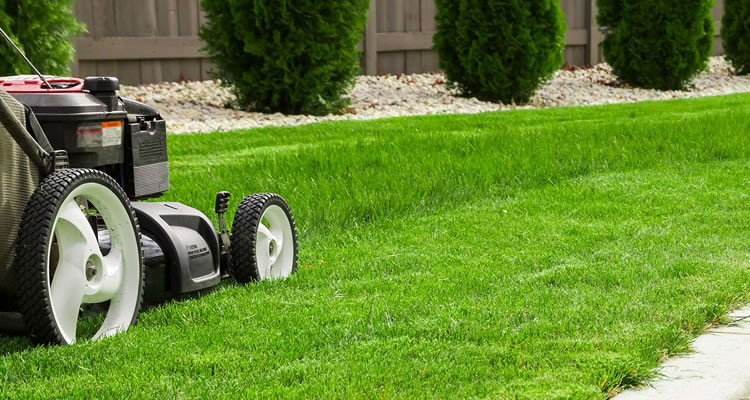
A lawnmower is used to reduce the height of your lawn and improve its aesthetics.
Between March and October is the best time to cut the grass. During the winter, it may be unnecessary unless your grass is still growing significantly during these months.
If you wish to carry out the work yourself, a lawn mower may cost between £80 and £120. If you’d prefer to hire someone to mow your lawn, it will cost between £10 and £40 per hour.
Watering Grass Cost
Your grass will need watering throughout the year, but it will require more water during the summer months.
Ideally, you should water your garden during the day. You would likely need to pay between £30 and £40 to hire a gardener to water your garden - although it may cost more depending on the size of your lawn.
However, many gardeners have a minimum two-hour charge. This means you may end up paying £60 for one hour of work.
If you chose to water the garden yourself, you can expect it to cost between £15 and £50 to purchase a hose - and it would cost about £1.50 per hour that you have the hose running.
Cost of Weeding Garden & Removing Debris
This type of maintenance involves pulling weeds out and removing debris so that they can be binned.
The ideal time for such work to be performed is during the spring months, when the temperature is consistently above 10°C.
A professional gardener will likely charge you between £50 and £70 to clear weeds and debris from an average-sized garden. Alternatively, you can purchase weeding tools for about £10 to £30.
Scarification Cost
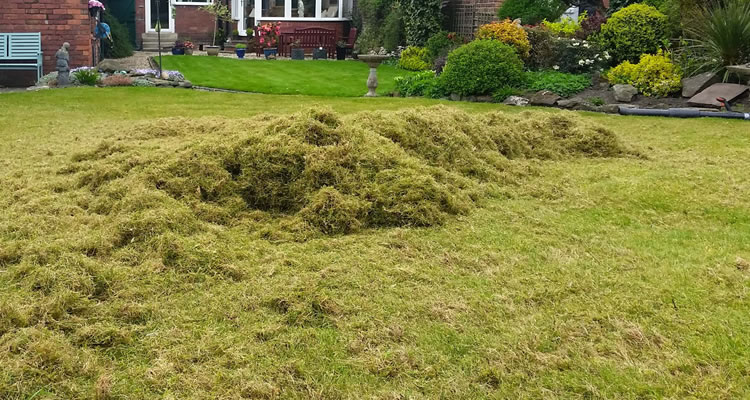
The process of scarification involves removing debris such as grass cuttings and dead moss from the lawn with the use of a dethatcher.
The best time to scarify your lawn is between March and October when you are more likely to be mowing your grass and using your garden.
To have your lawn scarified by a professional will likely cost you around £60 to £150.
The price will vary significantly, as it depends on the size of your lawn and how long the work takes. The quality of your garden can affect the time the job will take, too.
If you wish to do the work yourself, a dethatcher or scarifier will probably cost you somewhere between £30 and £100.
How Much Does Seeding Turf Cost?
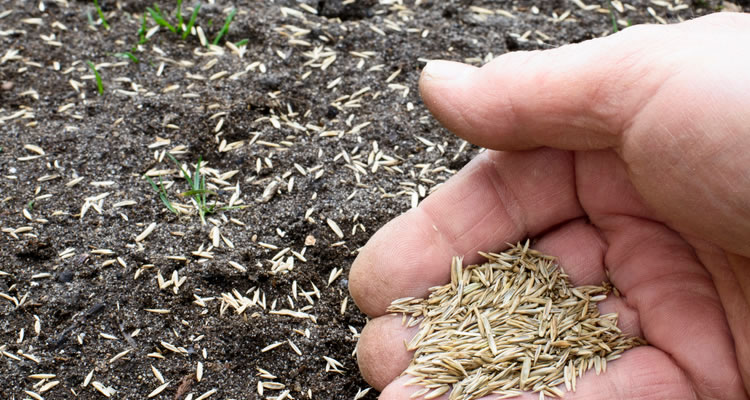
What's the difference between laying turf and seeding it? And what are the pros and cons of seeding instead?
Laying turf involves using premade sections of turf to ‘plant’ atop your garden soil. This is simple, easy, and your quickest option’
On the other hand, seeding turf involves growing the grass from scratch by planting seeds directly into the soil. These seeds are delicious little treats for birds and other animals, which means you’ll have to be conscious of keeping the wildlife away.
But there's a catch.
While it's significantly cheaper to grow your grass from seed (approx. £0.50 per square metre), it will take months for seeded turf to achieve an adequate volume of grass. If you just buy turf, you'll have normal looking grass from the very start.
With this in mind, how much does seeding a turf cost?
On average, to fully seed a garden of 25 square metres will cost around £12.50 in supply costs. For a garden that's 50m2 (twice the size), you should expect the cost of buying the turf seeds to be around £25.
If you wish to hire a professional to seed a garden with an area of 25m2, you will likely pay between £40 and £115 - with around £12.50 for the supply costs and anywhere in the range of £30 to £100 for the labour costs.
Pros
- More affordable than buying turf.
- More variety available.
Cons
- Seeds are vulnerable to birds and other animals.
- Takes longer to achieve the desired volume.
- Seeds can prove tricky to work with.
- Seeds have a relatively short time window in which they should be planted.
How Much Does It Cost to Remove Turf?

What about if you don't want turf in your garden any more?
You may choose to remove turf if you feel like it takes too much work, uses too much water, or costs too much to maintain.
Turf removal costs between £60 and £180.
However, this does not include garden waste removal costs - which will likely be between £60 and £450 if you choose to hire a skip or through a 'man and van' service.
FAQs
Q: How long after laying turf can you cut it?
A: You should wait about three weeks before cutting your grass after laying down turf.
Q: What fertiliser to use before laying turf?
A: Rolawn GroRight is a popular fertiliser product that you could use before laying turf.
Q: How would you carry out a soil drainage test before laying turf?
A: The five steps for performing such a test are to dig a hole, fill it with water, refill the hole with water the following day, perform a measurement of the water level and then keep an eye on how well it drains each hour.
Q: How much does turf cost?
A: The regular grass turf price may fall anywhere between £2 and £10 per m2.
Q: How often should you cut the grass?
A: Most gardens should be mowed once a week or perhaps every 10-14 days during the warmer months of the year. The frequency of grass cutting during this time period will depend on how fast the grass is growing in your garden.
During the winter, it may be the case that no grass cutting will be required at all.
Sources
- https://www.turffit.co.uk/product/standard-lawn-turf-perfect-for-gardens-and-amenity-areas/
- https://www.lawnweedexpert.co.uk/news/post/types-of-lawn-grass-uk
- https://www.turfonline.co.uk/turf/jubilee/
- https://www.cotswoldseeds.com/species/13/dwarf-turf-perennial-ryegrass
- https://www.stewartsturf.com/blog/Annual-meadow-grass/
- https://www.rhs.org.uk/advice/profile?pid=438
- https://www.lovethegarden.com/uk-en/article/what-lawn-scarifier-and-how-use-it

